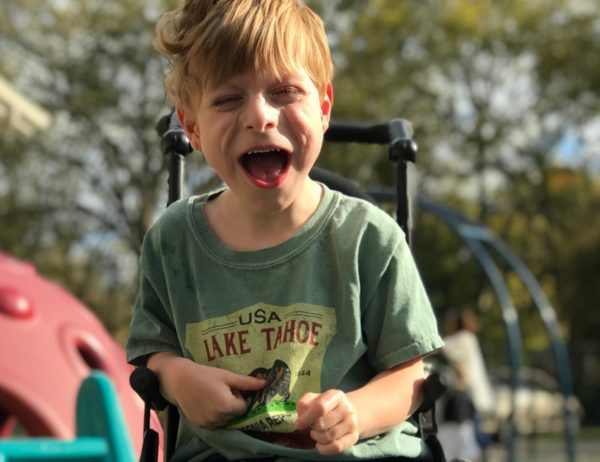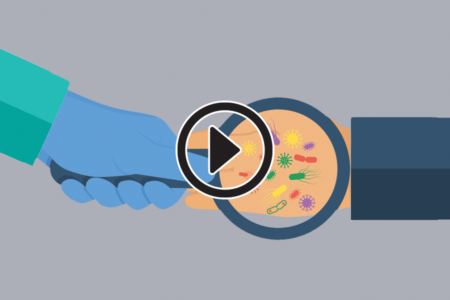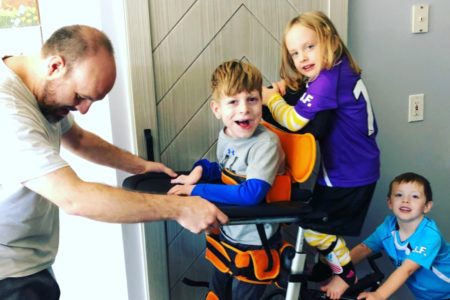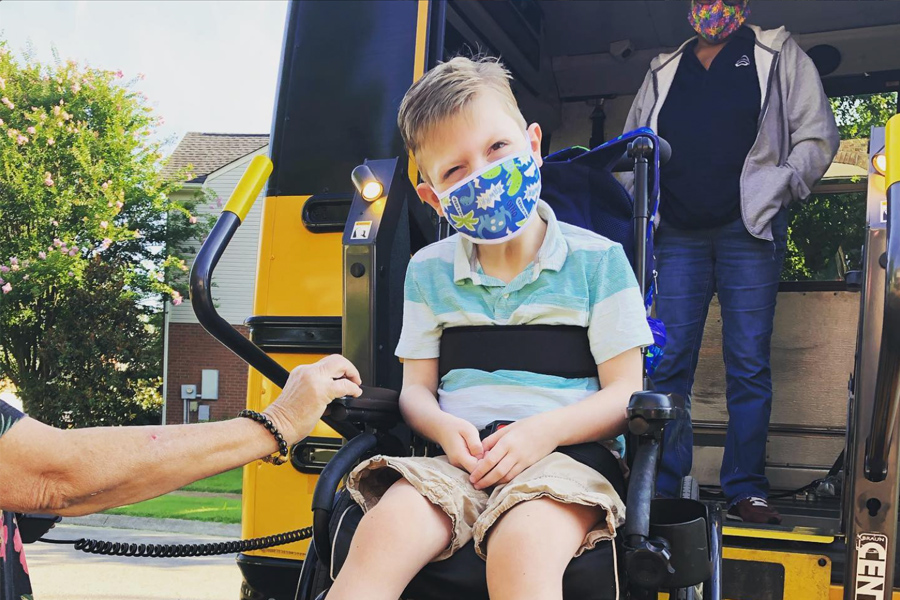March is recognized as Cerebral Palsy Awareness Month, a time to raise awareness about this neurological disorder that affects millions of people worldwide. Wear your green ribbon this March to support the cause.
What is Cerebral Palsy?
Cerebral palsy (CP) is a group of disorders that affect a person’s ability to control movement and posture. CP affects approximately 1 in 323 children in the United States. It is important to recognize that every person with CP has unique strengths and weaknesses. Some people with CP may need assistive devices, such as wheelchairs or communication aids, while others may not.
Despite being the most common motor disability in childhood, there is still a lack of awareness and understanding about CP. This is why Cerebral Palsy Awareness Month is so important. It provides an opportunity to educate the public about those living with CP, promote inclusion and acceptance, and advocate for their rights.
Symptoms of Cerebral Palsy
Symptoms of cerebral palsy vary greatly. For some, CP affects the whole body. In others, symptoms might only affect one limb or one side of the body. Children and adults with cerebral palsy may require lifelong care with a healthcare team to manage their symptoms.
The main symptoms include trouble with movement and coordination, speech and eating, physical development, and other issues. Some examples are:
- Stiff muscles or movement
- Lack of balance
- Favoring a side of the body
- Trouble with walking
- Delay in speech development
- Trouble with eating
- Trouble speaking
Some less common symptoms include:
- Seizures
- Trouble with hearing and/or vision
- Incontinence
- Mental health conditions and/or behavior issues
Risk Factors for Cerebral Palsy
CP is caused by abnormal brain development or damage to the developing brain before, during, or shortly after birth. There are several possible causes of the abnormal development or damage. A common misconception is that a lack of oxygen is the main cause of CP, however, this has been disproven and is only true for a tiny percentage of CP patients.
Some risk factors for CP are:
- Low birth weight
- Premature births
- Multiple births
- Assisted reproductive technology (ART)
- Infections during pregnancy
- Jaundice and Kernicterus
- Mothers with thyroid problems, intellectual disability, or seizures
- Birth complications such as detachment of the placenta, uterine rupture, or problems with the umbilical cord during birth
There is no cure for cerebral palsy, however, there are many treatment options that may help improve daily functioning. The best way to celebrate Cerebral Palsy Awareness Month is to show support and empower people with CP, and create a more inclusive and equitable society for everyone.



























